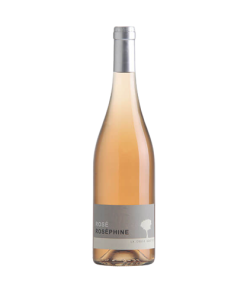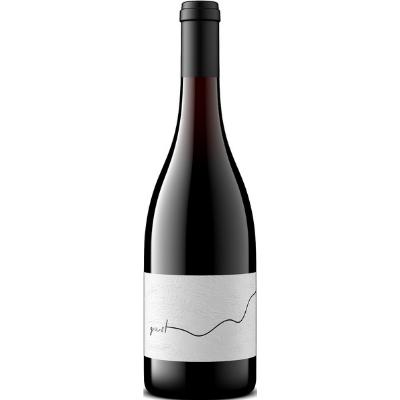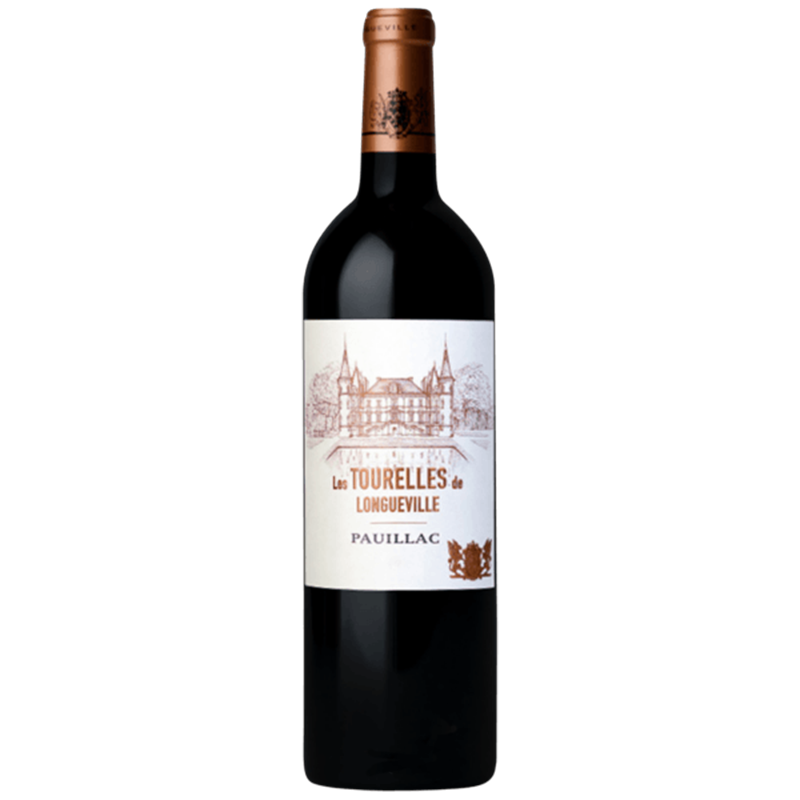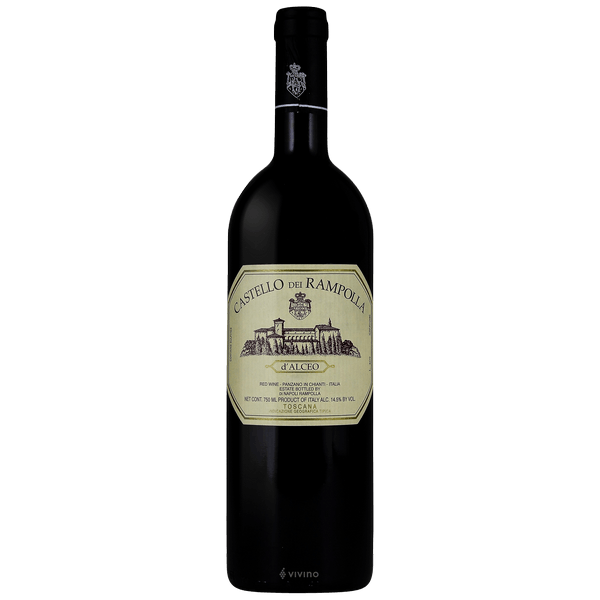2017 Gust Pinot Noir
$39.99
Out of stock
2017 Gust Pinot Noir
2017 Gust Pinot Noir This Pinot Noir hails from the Diamond Pile Vineyard and Catapult Ranch vineyard within the Petaluma Gap AVA. The Diamond Pile vineyard’s Dijon clones add elegance, detail and brightness to the wine while the heritage clones from the Catapult ranch offer power and backbone to this Pinot Noir. We harvested and fermented the vineyards separately to determine the best blend of the two sites. The fruit was hand harvested and brought into the winery and fermented with 5% whole cluster. We used open top fermenters, native yeasts, and punched down bins twice a day. The Pinot Noir was then pressed off its skins after two weeks and barreled down to age. After tasting through all the barrels we came to a blend of 55% Catapult and 45% Diamond Pile. The Gust Pinot Noir is a striking wine that offers earth and spice, while still offering an array of red fruits on the nose. This rich and expressive Pinot Noir is integrated, complex, and lively.
Pinot Noir
Pinot Noir is the dominant red wine grape of Burgundy, now adopted (and extensively studied) in wine regions all over the world. The variety’s elusive charm has carried it to all manner of vineyards. These extend from western Germany (as Spätburgunder) and northern Italy to Chile, South Africa, Australia, New Zealand and the USA. California, Oregon and New Zealand are arguably the greatest centers for the grape outside its home territory. However great Pinot Noir is made in all of these territories. The essence of Pinot Noir wine is its aroma of red berries and cherry (fresh red cherries in lighter wines and stewed black cherries in weightier examples).
Many of the more complex examples show hints of forest floor. Well-built Pinot Noirs, particularly from warmer harvests, suggest leather and violets, sometimes recalling Syrah. There are two theories regarding the Pinot name. One is that it came about because their bunches are similar in shape to a pine cone (pinot in French). It may derive, however, from a place name in France such as Pinos or Pignols from where cuttings were obtained. Pignols in the Auvergne, for example, has cultivated Pinot since the Middle Ages. It was previously believed that Pinot Noir, Pinot Blanc, Pinot Gris, Pinot Meunier, Pinot Précoce (Frühburgunder) et al were members of a “”Pinot Family”” of distinct grape varieties. But DNA profiling has shown them to share the same genetic fingerprint. Thus, they should properly be considered as mutations or clones of a common variety. ”
Related products
2019 Rosa del Golfo Primitivo is a red wine from Salento characterized by warmth, smoothness, balance and elegance, born from a short aging in oak barrels. A spicy and Mediterranean bouquet of black fruits, red flowers, wild herbs, pepper and sweet spices animate a velvety, warm, full-bodied, elegant and persistent taste. With a silky and [...]
 2023 Domaine La Croix Gratiot Rosephine Rose 750ML
2023 Domaine La Croix Gratiot Rosephine Rose 750ML 


